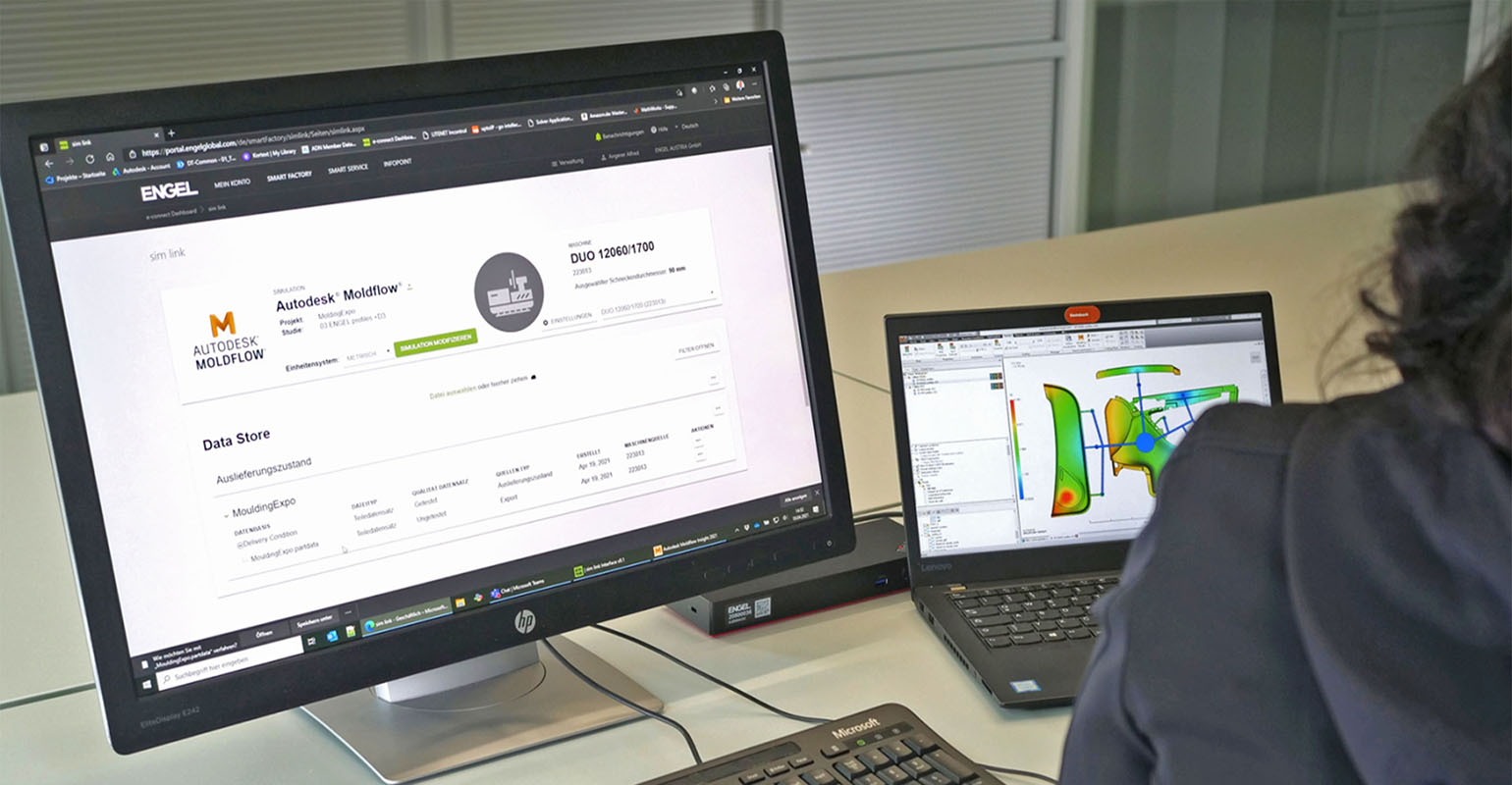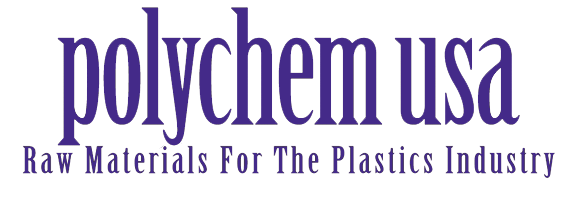
Flow Simulation Accurately Predicts Mold Parameters, Reduces Defects

A joint project to optimize injection molding using flow simulation data has produced actual process performance nearly identical to the modeled performance, according to Oerlikon HRSflow.
The collaboration evaluated a three-cavity mold on an Engel machine with a servo-driven eight-cavity hot-runner system from Oerlikon and used Borealis Daplen EE001AI polypropylene. Weight difference for the mold components was 1:11 from smallest to largest. The simulation was conducted with Autodesk’s Moldflow software.
Actual filling behavior and positioning of the weld lines precisely matched the Moldflow settings. Warpage of the largest part — door trim measuring about 600 by 400 mm — was predicted within ± 2 mm. Dimensions across the diagonal of over 650 mm were maintained with maximum deviations of only 0.04%. All three parts were brought into required spec without major manual readjustments — just a few optimization steps were needed, Oerlikon explained.
Key to the project’s success was the use of a centralized, simultaneous workflow, Oerlikon noted. Critical parameters including temperature control, injection characteristics, and other pressure- and time-related inputs were optimized with information shared jointly as opposed to sequentially.
Not only did the simulation accurately predict production, it reduced the number of setting cycles required, resulting in fewer rejected parts and the use of less energy during sampling. The process could even determine if a machine is suitable for a given product or whether a smaller machine could be used to save energy.
Details of the collaboration will be shared during K 2022 in Düsseldorf, Germany, at the Oerlikon HRSflow stand — D10 in hall 1 — on Oct. 20 at 4:30 P.M. and Oct. 25 at 4 P.M. Or, register for the free webinar, offered in English and German, to learn more about the project.

Leave a Reply